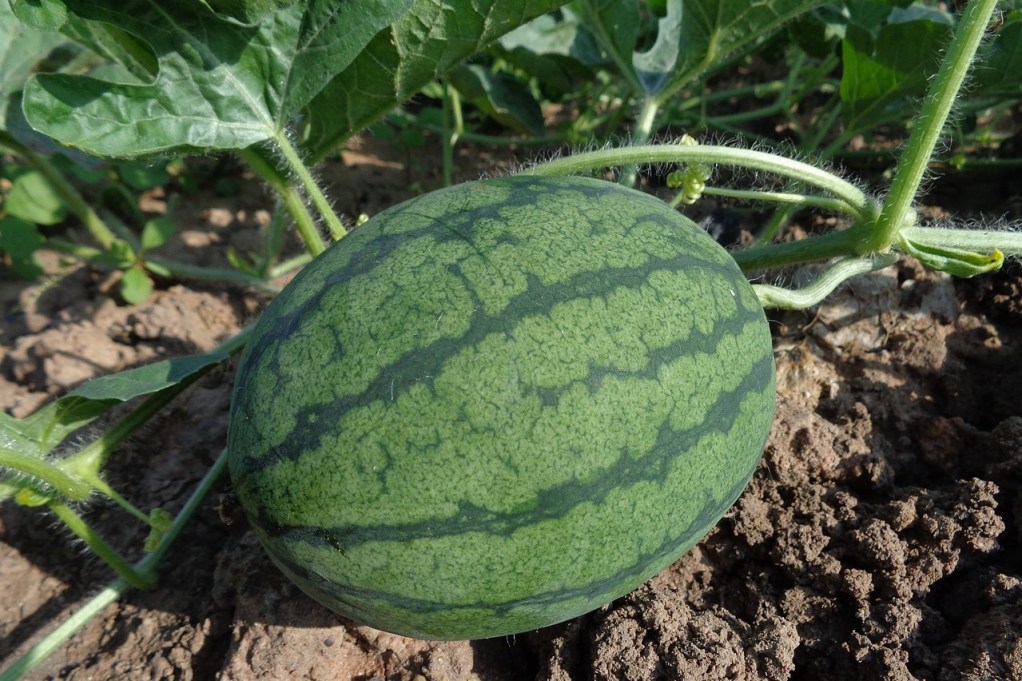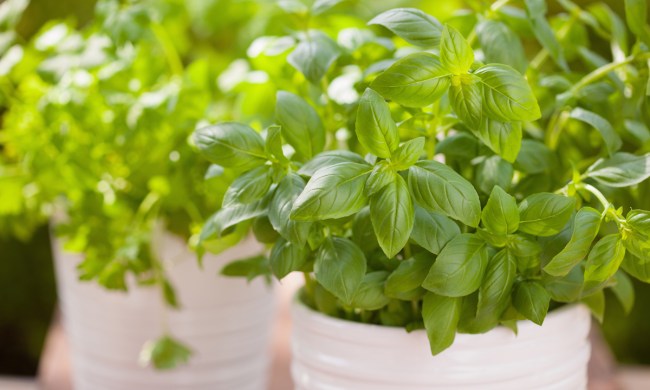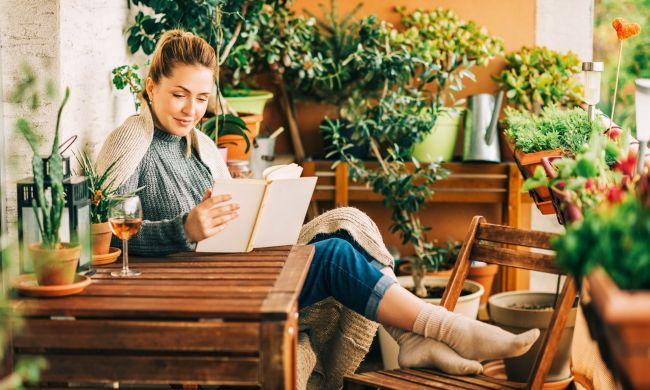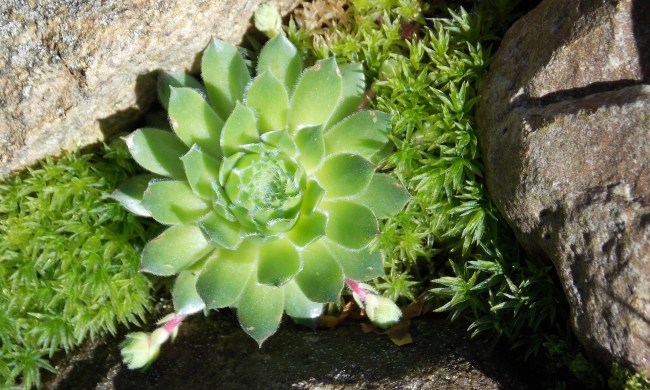Watermelons are sweet, juicy, and perfect for cooling off on a hot summer day. If you want to grow them in your garden, then you’ll need a lot of space. With their sprawling vines and large fruits, watermelon plants take up a lot of room, even if you grow them on a trellis.
You might even think they don’t leave any room for other plants, but that isn’t the case. There are still plenty of watermelon companion plants you can grow with your sweet summer fruit. Whether you’d like to pair your watermelons with other fruits and veggies, herbs, or even flowers, here are our favorite watermelon companion plants — and the ones you should avoid.
Fruits and vegetables
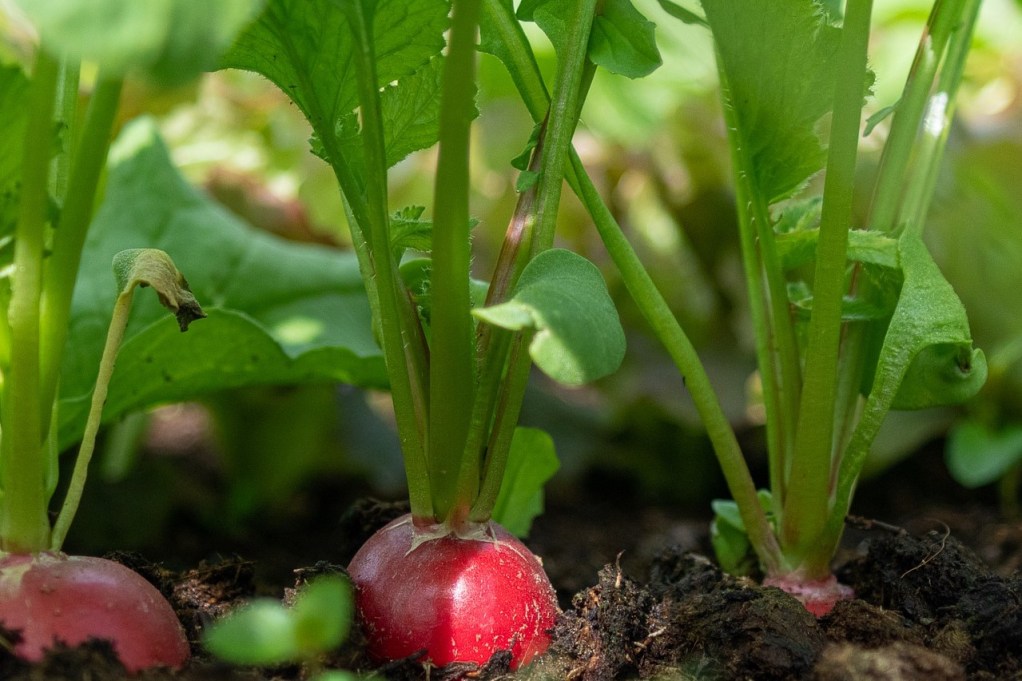
If you want watermelon companion plants that are also fruits or vegetables, look for plants that love the sun and warm weather but don’t take up too much space. Small root vegetables like radishes and carrots are a great choice. In addition to being small and not using many nutrients, these vegetables grow quickly. You can plant them alongside your watermelons in early spring with staggered planting times for an ongoing harvest. The hot weather of summer will make them bolt more quickly, so it’s a good idea to either swap them out for another veggie or harvest them at a younger stage during summer.
Legumes, such as beans and peas, are another option. Not only are these plants great watermelon companion plants, but they’re also nitrogen-fixing plants. Beans, peas, and clover will take nitrogen from the air and add it to the soil, helping sustain your garden’s health.
Herbs
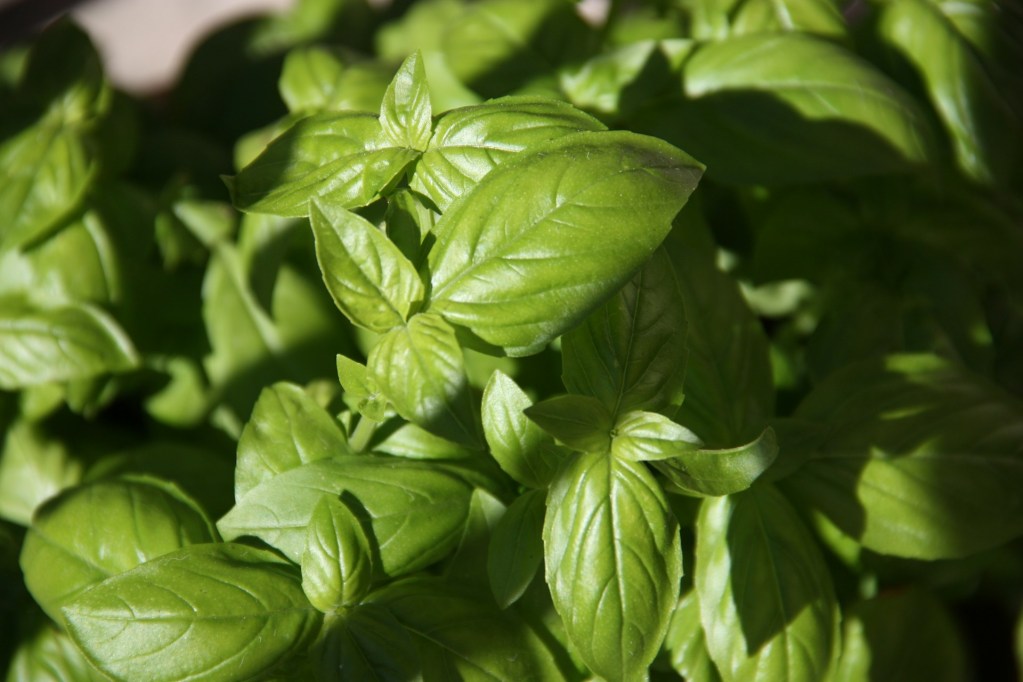
If you’re planning a spring or summer herb garden, you’ll be happy to know that several herbs make excellent watermelon companion plants. Herbs don’t just offer benefits to your kitchen, though. They also attract pollinators, beneficial insects, like ladybugs, and they can help repel certain small pest insects.
Basil, alliums like garlic and chives, and oregano and cilantro are often thought to repel pests. Their strong smells are also thought to confuse pests that use scent to hunt for plants to eat. Dill is a favorite food source of ladybugs, which eat small pests like aphids and keep the population down. Any combination or variety of these herbs can offer your garden benefits, and they make great company for your watermelon plants.
Flowers
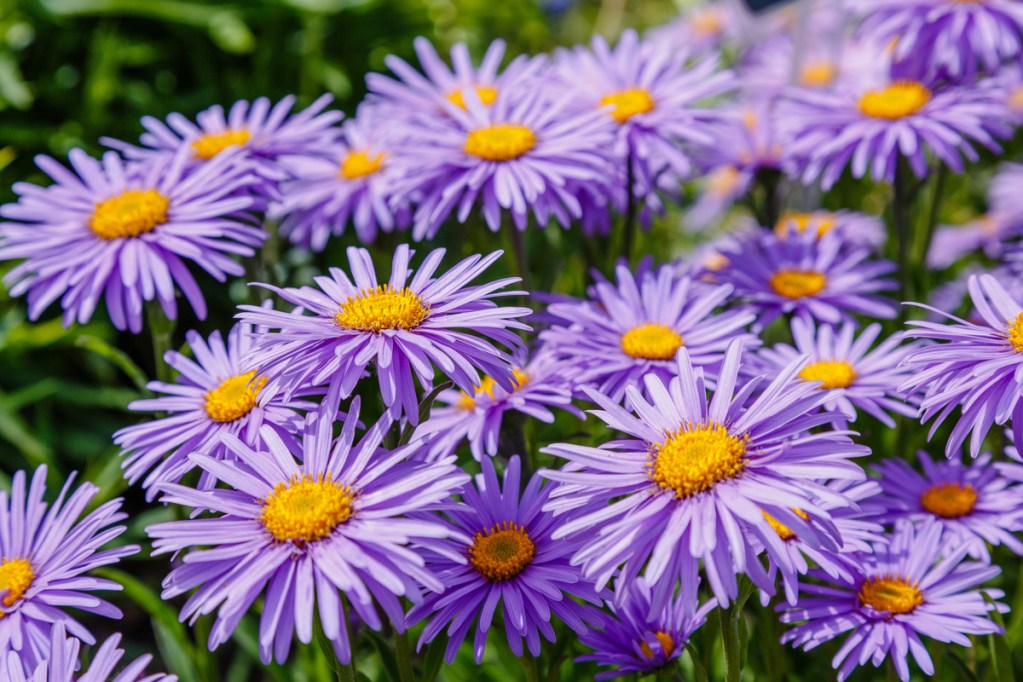
For something to fill the empty spaces between fruits and vegetables with a little more color, why not go with flowers for your watermelon companion plants? Flowers offer many of the same benefits as herbs. Some can attract beneficial bugs or repel pests, and most flowers are attractive to pollinators. This can be a huge help in a fruit or vegetable garden, since most plants rely on pollination to produce fruit.
Small flowers like daisies, asters, and cosmos are great for filling space and attracting pollinators, plus they’re easy to care for. Coneflowers and coreopsis are good choices for a summer garden, as they enjoy hot weather and will bloom through the beginning of fall. They even leave behind seed heads that birds enjoy. For ladybug-attracting and pest-repelling flowers, add marigold, nasturtium, and tansy as watermelon companion plants.
Watermelon companion plants to avoid
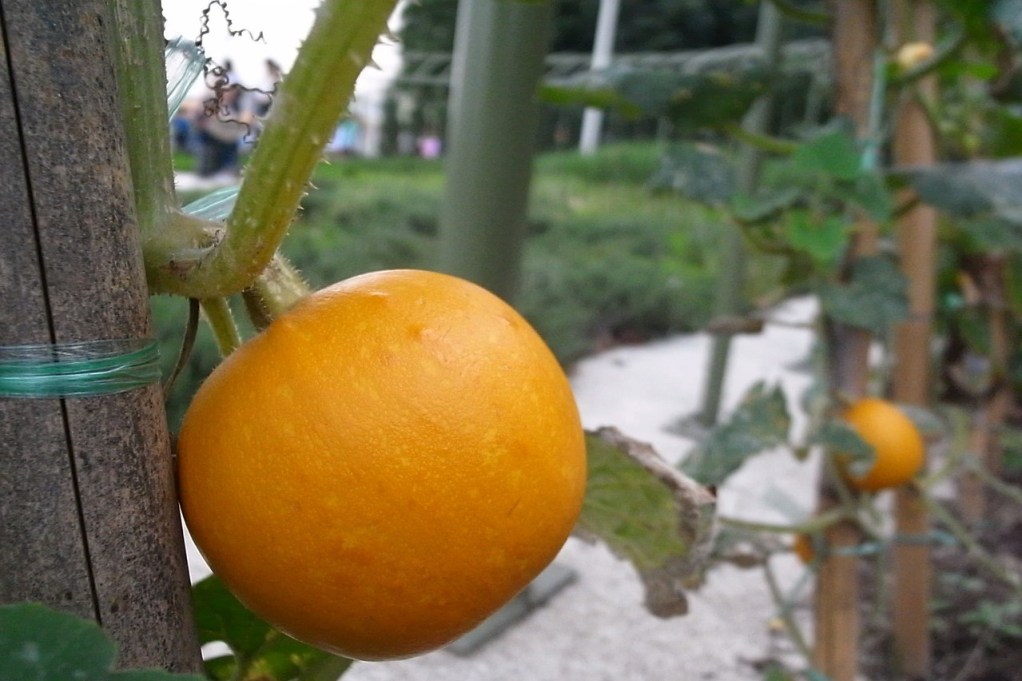
Not all plants make great watermelon companion plants. Avoid planting watermelons close to other melons or other plants in the cucumber family. This includes gourds, squash, pumpkins, zucchini, and cucumbers. Not only will these plants compete with your watermelons for space, nutrients, and water, but they also attract the same types of pests and are prone to the same diseases and infections, which can spread rapidly from plant to plant. Planting watermelons alongside cucumbers and other related plants is essentially setting up a buffet for cucumber beetles, so it’s best to keep them separate.
Additionally, avoid planting watermelons near other plants that are heavy feeders, take up a lot of space, or could potentially cast shade over your watermelons. This includes trees, shrubs, and bushes. If you want to add these plants to your garden alongside your watermelons, take note of their size and where their shadows will fall and space them accordingly.
Watermelons are a lovely treat, but they don’t have to be the only plant in your garden. This guide to watermelon companion plants gives you a few good options, but there are other options as well. As long as the plant doesn’t conflict with your watermelon’s needs for space, nutrients, water, and sun, then you can give it a try and see how they grow together. You might even be surprised at the potential benefits some plants can offer.
